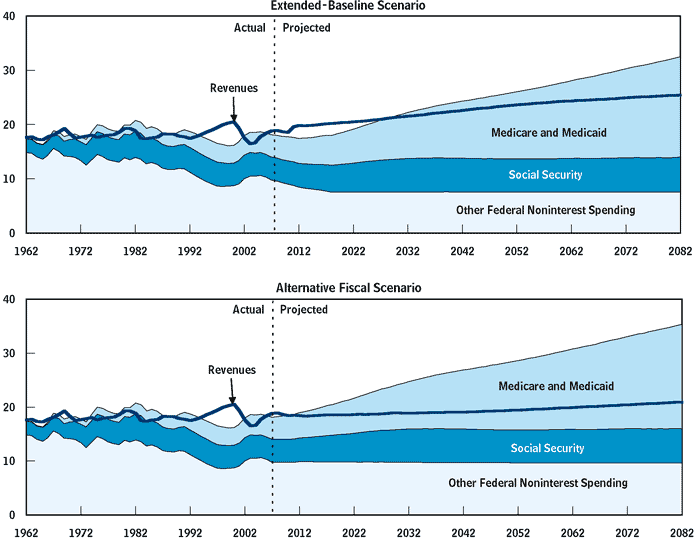July PCE
Thank goodness, the July PCE numbers look pretty good compared to recent months. Lets hope it is something that will continue.
The BEA has released their July 2011 numbers for personal consumption expenditures and they are definitely good. In real dollars PCE for July is up 0.46% or 5.63% on an annualized basis. This is a nice change from the downward trend we’ve been seeing for the previous 3 months*.
However, while this is indeed good news, keep in mind it is one data point and it might be partially (even entirely) due to “back to school spending”. So while we can breath a bit easier next months PCE numbers will be interesting to see. Hopefully we will see the upward trend continuing. And to reiterate, personal consumption expenditures is the largest component of GDP, well over 70%. Thus, if PCE starts to drop significantly for two or more months in a row the likelihood that GDP will be very low or negative is considerable. You can think of PCE as sort of an advance indicator of where we expect the next GDP release to go…up, down, little change, etc. Granted, the data is subject to revision as the BEA gets more data, but it is helpful in forming expectations of our economic situation.
*Please note the downward trend in the PCE numbers is when you adjust for inflation–i.e. real terms. In nominal terms PCE has been increasing.





There are a couple of flies in that ointment. First, real personal income declined. That doesn’t bode particularly well for future PCE and undercuts the household deleveraging story as well. Secondly, the BEA uses its own inflation measure to calculate real PCE. If it were using CPI, it would erase the reported consumption increase.
Yeah, but the CPI is not a measure of inflation, it is really designed to put an upper bound on the cost-of-living, I’ve read that post you linked to awhile ago on your site and while it was interesting the use of the CPI as a measure of inflation should be done while keeping this point I’ve raised in mind.
The real personal income part is disconcerting and it does indeed reduce the likelihood of an upward trend in PCE–i.e. much of this increase could be logged off to “back to school spending” and also using existing credit. To the extent that households need to de-leverage, that is moving in the wrong direction and could be bad down the road.
So while I see this release as good news, I’m not about ready to start skipping through the tulips thinking we’ve entered the land of milk and honey. We still have some very serious issues to deal with and in my view we just don’t have the where-with-all to deal with them.
I guess if I’d sum up my overall feelings, right now I think we’ve pushed things back a tiny, tiny bit, but that inevitably we will have some serious problems in the not too distant future.
Continued decline in income is by far the most serious sign of building deflationary pressure. If we actually enact significant austerity measures a deflationary spiral is the most likely outcome.